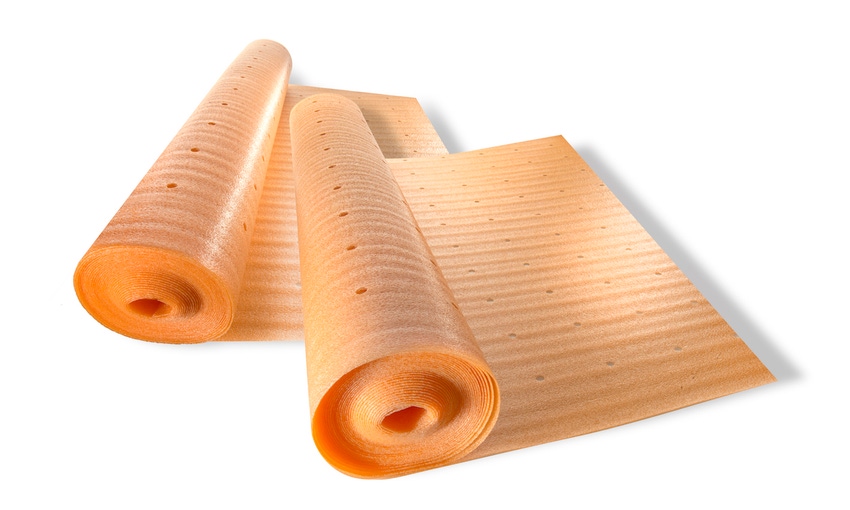Sabic has identified “foaming and lightweighting” as an important focus area, and will collaborate through the value chain to generate new foam solutions
November 3, 2016

The company is ‘committed to the development of innovative solutions that go beyond its already established foam solutions portfolio’. More specifically, this means an expansion of the portfolio portfolio beyond polyethylene and polystyrene to include more polyolefins, including POP elastomers and POP  plastomers, and engineering thermoplastics such as Lexan polycarbonate, modified PPE and PEI.
plastomers, and engineering thermoplastics such as Lexan polycarbonate, modified PPE and PEI.
Polyolefin plastomers (POPs) and polyolefin elastomers (POEs) mainly find application as additives in other solid polymers, where they improve properties such as impact resistance. However, used in foam, they can enhance foam flexibility and resilience, especially at low temperatures. POP and POE grades specifically for this purpose are currently under development at Sabic.
The company says it is also developing foaming solutions for injection molding and blow molding applications in response to the down-gauging and lightweighting trends that are evident in, for example, the automotive industry. Here, solid plastics have already replaced metals in many applications, and now foamed solutions are further reducing the weight of automotive products. Sabic says it is planning to collaborate with collaboration with partners in this area to advance the use of foaming technologies in part molding.
The company also has foamable grades of such engineering plastics as polycarbonate, modified PPE (Noryl) and PEI (Ultem), for high-end applications in such areas as aviation as well as in various areas in land transport. These materials make possible such products as sandwich panels with foam cores that combine very high strength with low weight, as well as enhance flame retardance. Lexan Flight 6L300 thermoformable sheet for example, is claimed to be 40% lighter than traditional solid sheet.
Already, several breakthrough innovations are in the process of being commercialized. Sabic LDPE 2502X0, for example, offers special benefits for the physical foam extrusion process, as well for the resulting lightweight foams. Sabic LDPE 2402CX0 offers benefits for crosslinkable (XL) foam extrusion processes. The XL foams have an improved properties-to-weight ratio, offering the possibility to use them in higher added-value applications.
A new series of “fast converting” foam material solutions developed by the company that provides further improvements in the production efficiencies of foam manufacturers are now also available. Sabic LDPE 2102FC is the first in a series of products that combine up to 50% savings in degassing time – reducing the foam manufacturer’s inventory – and an improvement in production efficiency of up to 5% through less production waste and better foam consistency.
Further foam innovations are being researched at the new Foam Innovation Center in the Netherlands. This Center is equipped with most foam process capabilities as well as analytical equipment, allowing the company to work closely with customers on the development of new foam solutions and technology innovations to reduce the material footprint, enable energy and cost reductions, and decrease time to market.
About the Author(s)
You May Also Like


